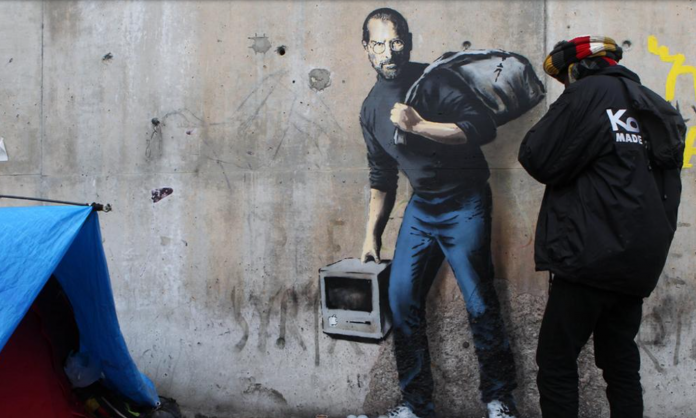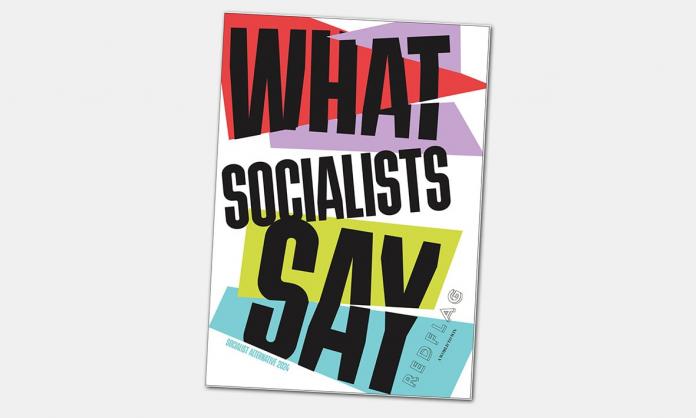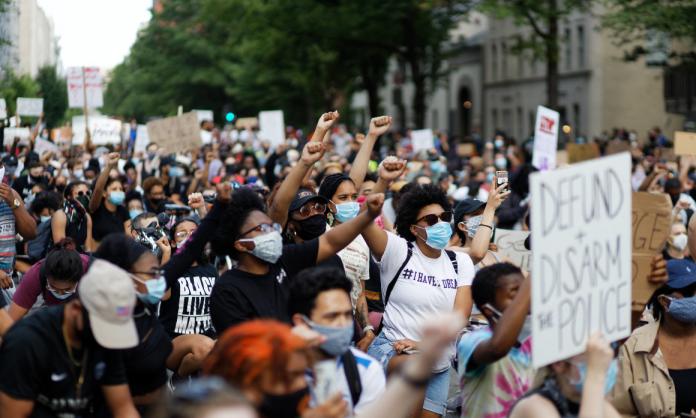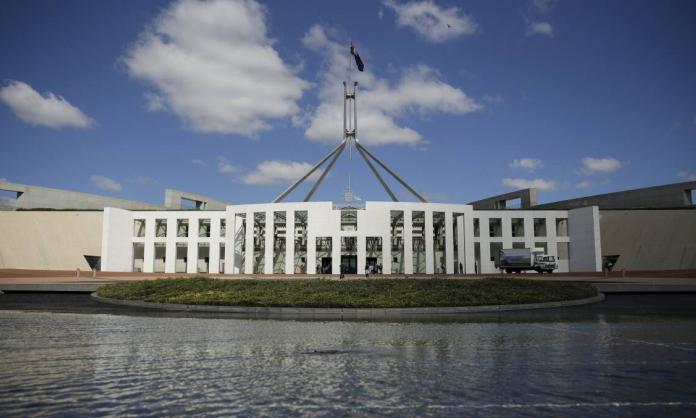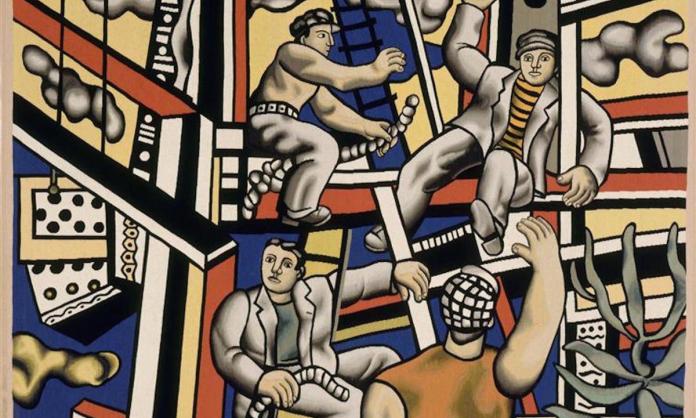A recent Essential poll found that 79 percent of Australians believe social classes still exist in Australia. This is unsurprising, given the distribution of wealth. For example, the Australia Institute’s Inequality on Steroids report estimates that the top 10 percent of Australian income earners received 93 percent of the benefits from all economic growth in the decade from 2009 to 2019.
Of Essential poll respondents, 49 percent consider themselves to be middle class, 30 percent self-identify as working class and 4 percent as upper class. This raises a question: what is a social class?
Definitions typically revolve around income. “Middle class”, we’re often told, means earning something like the median income—about $65,000 a year according to the Australian Bureau of Statistics. There’s no consensus on how much below or above this figure someone can earn while still being in the middle.
This is a vague way to define class and is ripe for misinterpretations and distortions. An article published in the Australian last year described yearly earnings between $120,000 and $160,000 as “middle income” in an attempt to defend the high-end tax cuts due to be implemented by the federal Labor government next year.
In reality, according to the most recently available statistics from the Australian Taxation Office, people making this much money are comfortably in the top 15 percent of Australian income earners.
More sophisticated classifications refer to education levels, cultural interests and family occupations as well as income. But again, the outcome is imprecise. Anyone with a university degree becomes middle class, and “working class” often becomes a synonym for “lower class”—that is, anyone economically worse off or with lower formal education levels than those in the “middle”.
Socialists are more precise. While income can often be an indicator of social class, we define the latter in terms of people’s relationship to society’s economic infrastructure. That gives us three categories: the capitalist class, the working class and the middle classes.
Capitalists are the parasites at the top. They’re the executives, CEOs and board members who own and/or control the big companies, and with them the machinery, farmland, office buildings, media outlets, electricity grids, telecommunications infrastructure, ports and so on. They own the “means of production”, which they put to use with the singular purpose of generating profit.
Workers, on the other hand, don’t own any means of production. They might own personal property such as a car, a phone, maybe a house. But while workers use their personal property to meet their daily needs, capitalists use their private property as capital—a means to generate wealth through exploiting workers.
A worker might grow some veggies in their garden to cut grocery costs; an agricultural capitalist uses thousands of acres of farmland to turn a profit. A house owned by a worker is just a home, but it becomes capital when owned by a real estate investor, used to generate wealth on the market.
The threat of poverty, homelessness and starvation gives workers no choice but to sell the only thing they can: their capacity to labour. They are deprived of control over much of their daily lives, having little say over the work they do or the workplaces in which they are employed. Even simple dignities like meals and bathroom breaks in many places can be taken only when allowed by the boss.
The number of people fitting this definition of “working class” is difficult to quantify. Diane Fieldes, writing in the 2005 anthology Class and struggle in Australia, estimated that the working class makes up a substantial majority of the population—more than double the 30 percent figure in the Essential poll.
“Middle class” also takes on a different meaning in this framework. It describes those who sit between the working class and the class of big capitalists. There are many different categories that fit in here: small business owners, middle managers, union officials, academics and state bureaucrats, to name a few. They can have different and contradictory relationships to the means of production—some are small capitalists, others just bureaucrats. What they generally have in common is that they control their own work or the work of others. They certainly make up a lot less than 49 percent of the population.
The Marxist definition of class is much more useful than loose definitions based on income or education.
First, it gives us an understanding of how capitalism works. Workers and bosses don’t exist in isolation; they are intimately connected through exploitation. Capitalists own the means of production, but need workers to operate machines, maintain infrastructure, harvest crops, serve customers and so on. The workers are the ones who produce the goods or services that their bosses sell for profit.
But there’s the rub. For the boss to make a profit, they have to sell the products for more than the costs of production, which crucially includes what they pay their workers. So the workers have created value, but that value has been seized from them by the capitalist, and only a fraction returned as a wage. This isn’t just the case with blue-collar workers, but also applies to workers in retail, hospitality, healthcare, IT, administration and elsewhere.
Whether a business is successful depends on how much profit it can make, and therefore how much its workers are exploited. Profits are the lifeblood of capitalism—and every cent of them comes from exploited labour. By understanding exploitation, we can understand how 93 percent of wealth went to the top 10 percent last decade.
Second, the Marxist definition shows that classes have counterposed interests. What’s good for capitalists is whatever makes their profits go up. This often means, for instance, paying workers less, cutting costs wherever possible and lowering workplace safety standards. What’s good for workers is the opposite: being paid more and having more rights at work. Thinking of class simply as where someone sits on the spectrum from “low income” to “high income” obscures this tension.
Third, defining classes by their relation to the means of production tells us who has power in society. The capitalists own the most important section of the economy, so they make all major decisions about what society produces and how it will be produced. And because of this control, governments must keep them onside. Otherwise, they might move their investments overseas, threaten the economy, or even outright depose governments.
But profits are generated by workers, which gives them a different kind of power. When a workplace goes on strike, its production stops, and therefore profits cannot be made. The bosses go to great lengths to avoid this happening. They’ll pit workers against each other and spread lies about unions to stop workers organising.
Finally, we can see who is needed to run society—and who runs it day to day. The capitalists portray themselves as the deserving few who are indispensable. But their profits and wealth are the fruits of workers’ labour. Workers, not bosses, construct buildings, run hospitals, and stock shelves. Workers run the world, but under capitalism they are forced to run it for the capitalist class.
Another world is possible, where workers run the world for themselves, because of the simple fact that the bosses need us, but we don’t need them.




